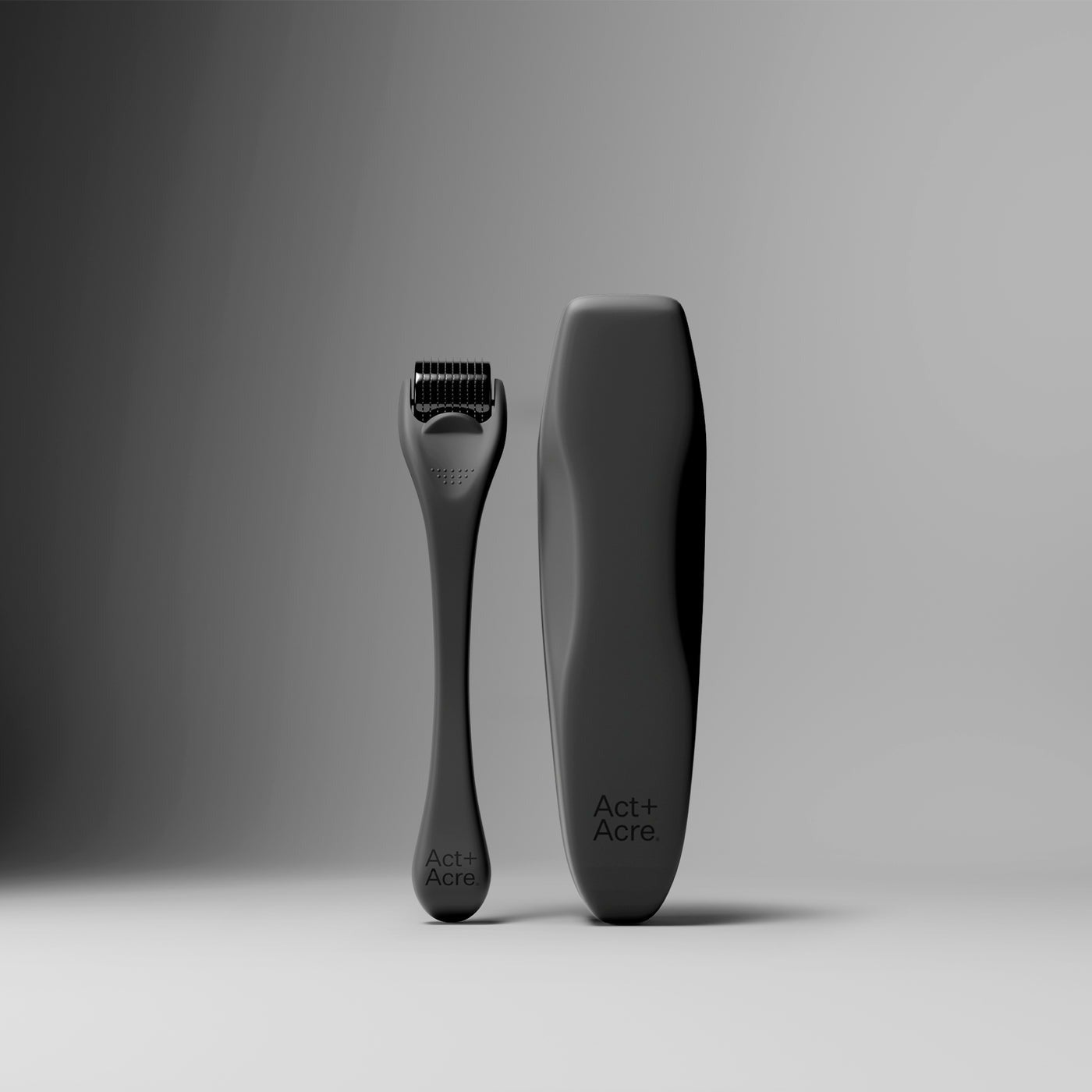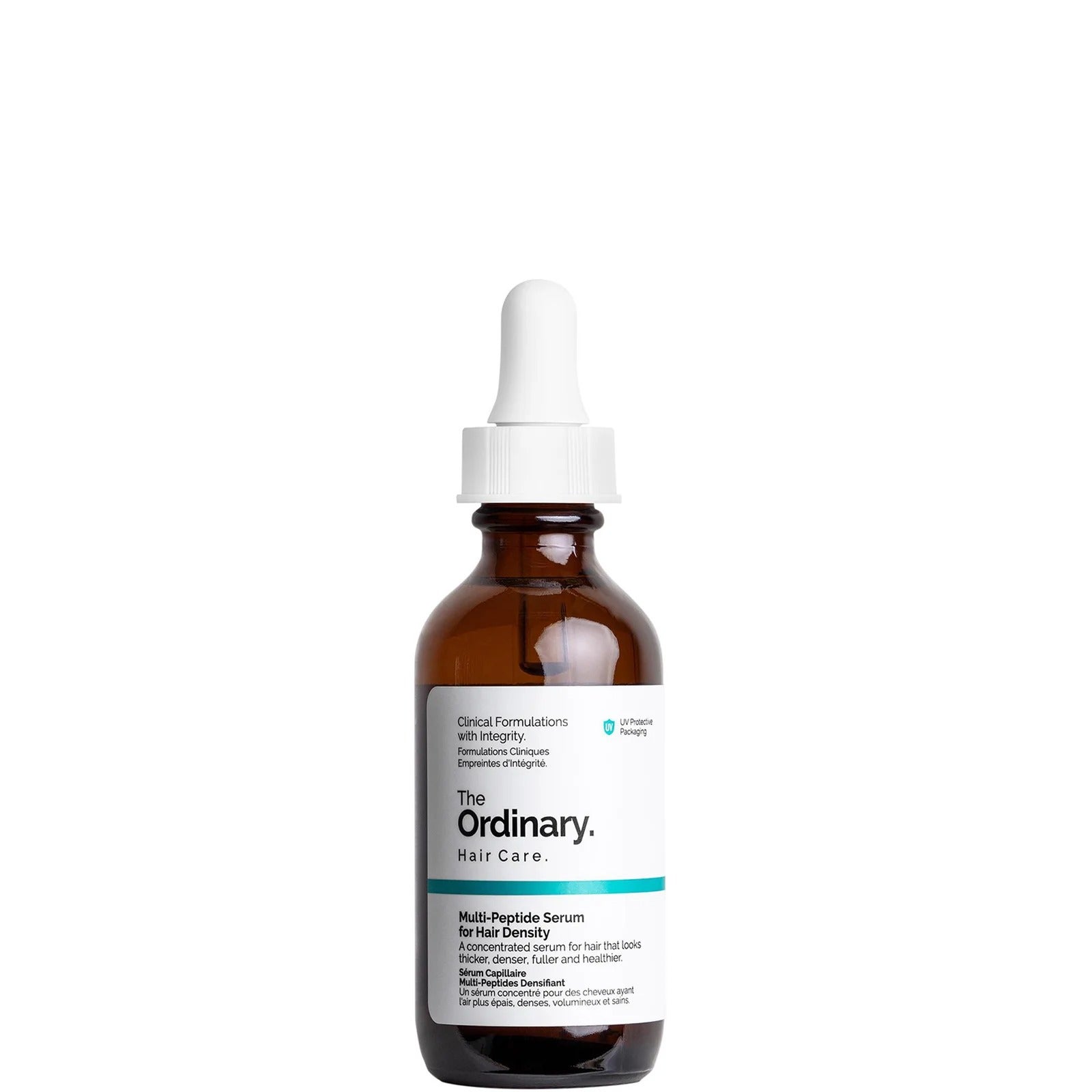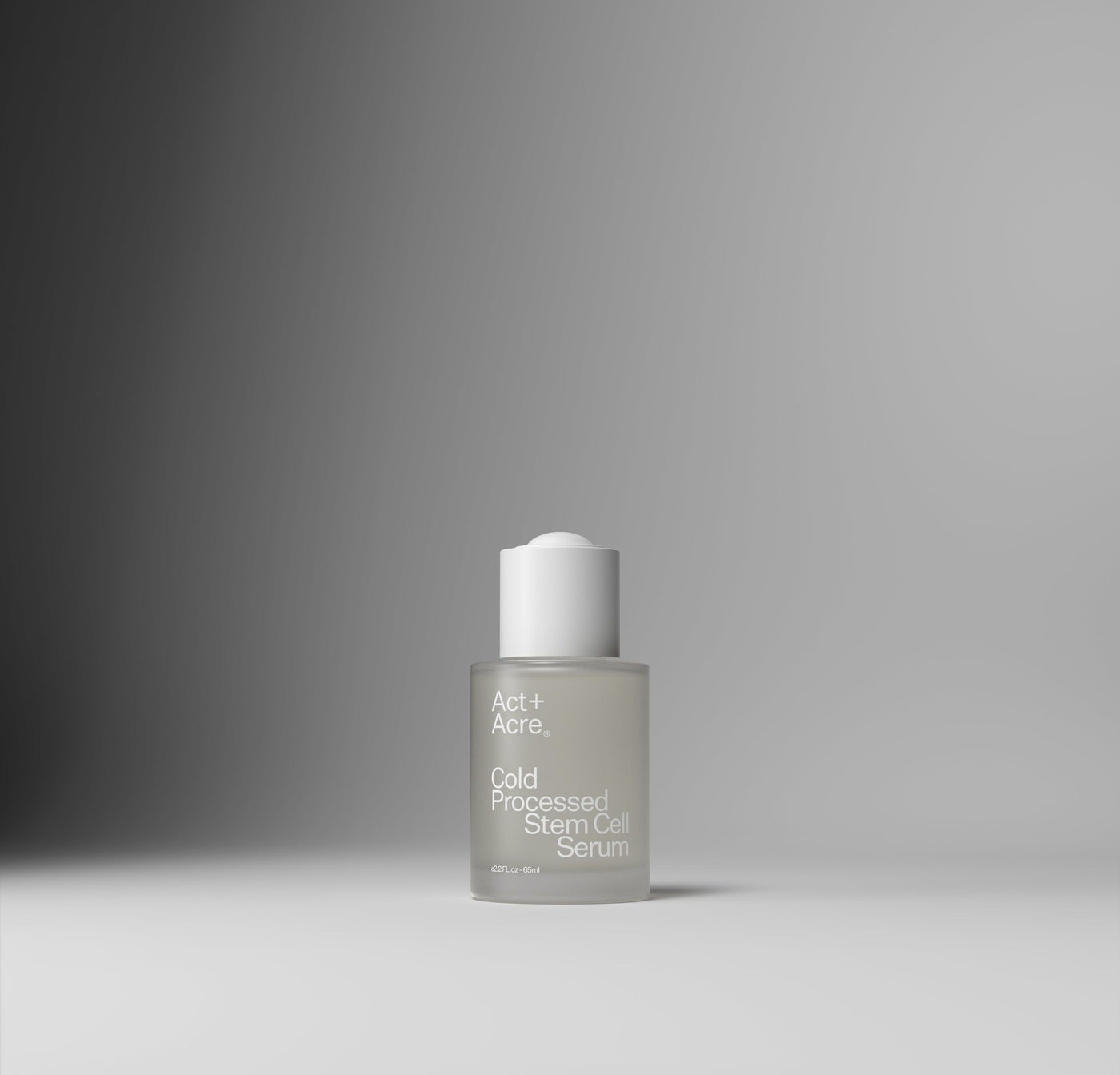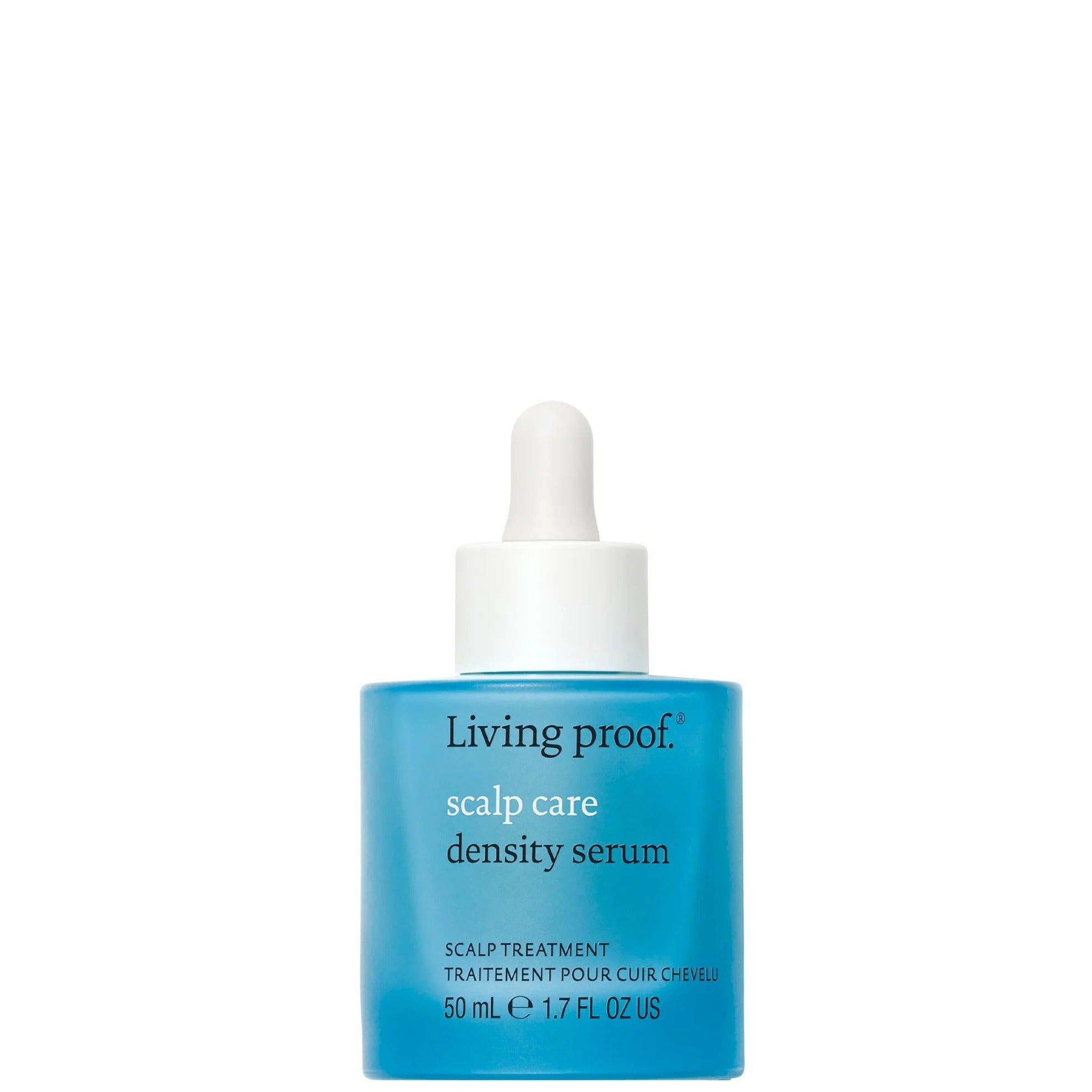I’ve Tried Everything To Grow My Hair. Is Microneedling The Answer?
All linked products are independently selected by our editors. If you purchase any of these products, we may earn a commission.
Photo: Courtesy of Rebecca Fearn.
If there’s one thing to know about me, it’s that I get bored easily. Whether it’s hopping on a plane to flee the monotonous rituals of “real life” or selling clothes on Vinted to bankroll a new wardrobe, I like to keep things moving. This especially applies to my hair. The minute I cut a new bob into place, I’m thinking about how I can grow out my hair so that it rivals a mermaid's. As soon as my hair finally reaches chest-length as I’d wanted? I’ll get bored and chop it all off again.
AdvertisementADVERTISEMENT
This time around, though, I’m committed. Having had short hair for several years now, I’m determined to get those long lengths I’ve dreamed of. With all the top tricks, hacks and advice I’ve accrued over the past few years as a beauty editor (think hair oils, hair growth serums and shampoos or chemical exfoliators like glycolic acid), I want the process to be as quick — and healthy — as possible. This especially goes for how I’ve been treating my scalp; with the knowledge we now have about the importance of scalp care for the overall health of our hair, I’ve realised it’s crucial to prioritise this if I want to get things growing fast. And as if by magic (or social media algorithm), this summer I was served a bunch of ads promoting one thing: scalp microneedling devices.
What is scalp microneedling?
In truth, I’d never heard of scalp microneedling tools but it seems that they're piquing the interest of TikTokers (the phrase “hair microneedling” has millions of views on the app) and hair experts alike. It isn't just social media. Google Trends reveals that searches for “microneedling hair before and after” and “dermaroller for hair” are increasing.
After a little research, I realised that these tools (often referred to as dermarollers) are still a little under the radar in regard to hair, with far less written about them online or in scientific studies. For the face, microneedlers are often used to improve the condition of skin, but what exactly can they do for the scalp and hair?
AdvertisementADVERTISEMENT
What are the benefits of microneedling the scalp for hair growth?
The main benefits of scalp microneedling tools are threefold: collagen production, scalp stimulation and product absorption. “Microneedling involves the application to the scalp of a rolling or stamping device containing many tiny needles, which puncture the skin,” says Zoë Passam, senior consultant trichologist at Philip Kingsley. “It is thought that the mild trauma to the skin may promote the formation of collagen and elastin [two things that give skin its structure and strength] and stimulate production of growth factors, which may increase hair growth.” Board-certified trichologist and celebrity hairstylist Helen Reavey says it can also help by “increasing topical product absorption”. Like with facial microneedling tools, this is because “micro-channels” are created in the skin, meaning products such as scalp serums and oils can penetrate more deeply and potentially work more efficiently.
Having tried almost everything to grow my hair, I was keen to give scalp microneedling a go. I picked up the Act+Acre 0.25mm Scalp Dermaroller, £44. The website claims that it “invigorates the scalp while improving product absorption for stronger, thicker, healthier-looking hair” and that the benefits are an “[increased look] and feel of hair density” and better “hair follicle health”. I've been using the tool several times a week for four weeks now, always on dry hair. It has an eye-watering 540 microneedles at 0.25mm and was designed by trichologists (experts that specialise in treating hair and scalp issues). I followed the instructions down to a T: Using gentle pressure, I rolled it horizontally and vertically across my scalp, passing over the same section at least twice.
AdvertisementADVERTISEMENT
This is one of the easiest and most fuss-free scalp tools I’ve tried. I like a silicone scalp brush or massager, which is said to stimulate blood flow to the scalp and encourage faster hair growth, but I find them to be quite an effort; you have to apply a fair bit of pressure and they tend to pull on dry hair, meaning they're only really convenient on hair-wash day. Seeing as it's recommended to use scalp massagers regularly, they aren't the best option for those who don't wash their hair daily.
On the other hand, the dermaroller requires very little pressure, effort and attention; I used it while watching TV or reading, without even needing to look in a mirror. For anybody concerned about the pain factor, the needles are so tiny, you barely feel a thing. Even when you run the tool over your fingers, it’s almost undetectable.
Does microneedling for hair growth work?
After a month, I can’t confidently say that using the tool has made a big difference in my hair growth or length, but because of its ease I’d be happy to incorporate it into my daily beauty routine going forward to see how it could help long-term. The thing I liked most about it was how my scalp felt when I applied a cooling, hydrating scalp serum afterwards (I used Act+Acre Stem Cell Serum, £80, but I also like Living Proof Scalp Care Density Serum, £54, packed with amino acids and antioxidants). If you have less to spend, The Ordinary's Multi-Peptide Serum for Hair Density, £19.30, has an abundance of five-star reviews.
AdvertisementADVERTISEMENT
I really do feel that using the dermaroller first helped the aforementioned products absorb into my scalp instead of just coating my strands, which hopefully will only benefit my hair and scalp further. As it was difficult to register noticeable results after just four weeks (bear in mind my hair is very slow to do anything), I delved a little further into the science behind scalp dermarolling, and spoke to several experts to determine how useful this apparently new technique can be for hair health and growth — particularly when compared to other at-home products, tools and approaches.
Photo: Courtesy of Rebecca Fearn.
Do hair experts recommend scalp microneedling for hair growth?
From my own findings (and the expertise of the trichologists I spoke to), I discovered that there is a lack of studies on microneedling and hair growth, and that this area of research is still in its infancy. The most prominent studies to date have found dermarolling to be of use — particularly in hair loss cases. A 2021 review actually found that microneedling may be more effective at increasing hair growth than 5% topical minoxidil, which is the leading medication used for the treatment of pattern hair loss. A slightly more conservative study in 2016 suggested that a combination of dermarollers with minoxidil (or other treatments like it) may be recommended by healthcare professionals.
However, it’s important to point out that the efficacy of dermarollers is usually tied to hair loss, meaning for people like me who are looking for rapid hair growth solutions, results may be varied. “Microneedling isn’t a scalp treatment,” explains consultant trichologist Eva Proudman FIT IAT. “It is used in certain hair loss conditions such as male pattern hair loss to stimulate thicker hair growth,” she says. Reavey adds that microneedling is more intensive and directly targets hair follicle stimulation, making it potentially more effective for those with specific hair growth concerns. “Although anyone with any hair type (straight, wavy, curly, coily) can use a scalp dermaroller, the practice is best for larger areas of hair loss, typically around the hairline,” she says.
AdvertisementADVERTISEMENT
Are there any side effects of microneedling the scalp for hair growth?
There are also potential side effects to this approach. Dermarolling tools are made from tiny needles so care must be taken to avoid scalp damage or exacerbating scalp conditions like dermatitis, psoriasis and dandruff. “If not done correctly, microneedling can cause irritation, inflammation, or even infection,” says Reavey. She continues, “Overuse can lead to excessive trauma to the scalp, which might negatively impact hair growth.” Passam echoes that microneedling would not be recommended in those with a scalp condition. “It could exacerbate inflammation,” she explains. “Care must [also] always be taken to effectively sterilise the device [after each use] as any treatment that involves breaking the skin carries a risk of infection.”
Besides following proper sterilisation techniques after every use of the tool, Reavey recommends ensuring that the needles on your chosen device are no bigger than 0.5mm (ideally 0.25mm, like the one I used) to avoid any scalp damage. She also encourages focusing on areas of hair loss (such as the hairline) rather than overusing it on healthy areas of hair, as this can cause unnecessary breakage. In order to get the best results, she reminds users of the importance of “rolling the [tool] in different directions — vertically, horizontally and diagonally” and adds that consistency is key. Just don’t go wild — a couple of times a week to begin with is best.
How do you make hair grow faster?
Microneedling may well help you along in your hair loss or hair growth journey but experts agree there are other steps that are either more important or that you might like to take in conjunction with using one of these tools. As mentioned, topical minoxidil — available over the counter at pharmacies and Boots — is one of the gold standards in medicated hair growth. If you have more to spend and hair loss is getting you down, consider booking an appointment with a professional trichologist for personalised advice and to determine the underlying cause of hair loss or slow growth.
AdvertisementADVERTISEMENT
As for things you can do at home, any kind of scalp stimulation (as well as scalp care in general) is a great shout. “The scalp is the root of all hair health, meaning you need a well-balanced scalp to have healthy hair,” says Reavey. This means regular washing (double cleansing) to prevent and treat buildup of grease and hair products, application of scalp-specific serums, and scalp massage in all forms — including scalp brushes. “Any massage to the scalp with hands or scalp massagers is all about stimulating blood flow into the hair follicle to support the hair to grow,” explains Proudman.
Unfortunately, continues Proudman, there is only so much you can do to get hair to grow faster in general, as it is largely genetically predetermined. “There is no miracle product that will make your hair grow faster or longer. However there are things that can help to keep long hair in better condition, so that you don’t suffer with breakage and split ends,” she says.
As well as prioritising scalp care, Proudman says that these include ensuring balanced nutrition with enough complete proteins (foods that contain the nine essential amino acids we need), getting enough sleep and hydration, supplements where needed and a good haircare routine that limits time with heated tools. And while it may sound counterintuitive, a regular trim will keep hair healthy and stave off breakage, which can lead to uneven lengths. Alongside using my dermaroller, this is the sage advice I'll be taking on board as I continue growing my hair. Wish me luck.
AdvertisementADVERTISEMENT










